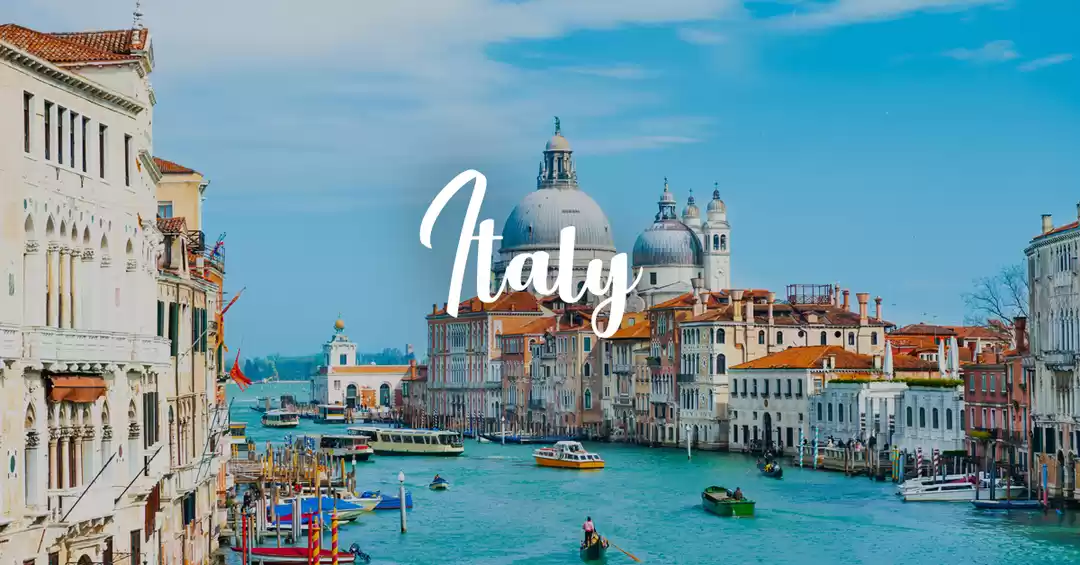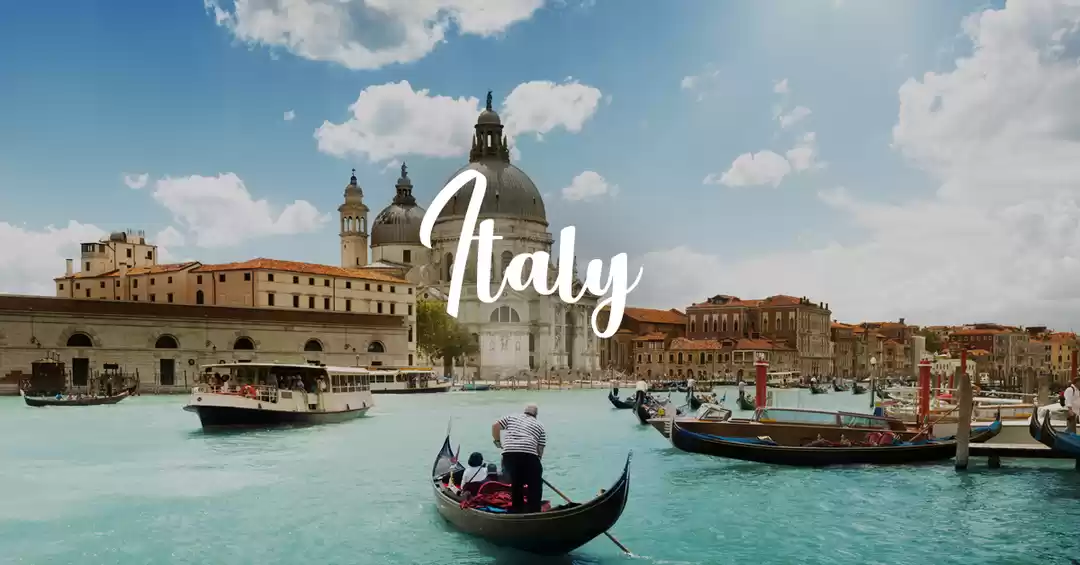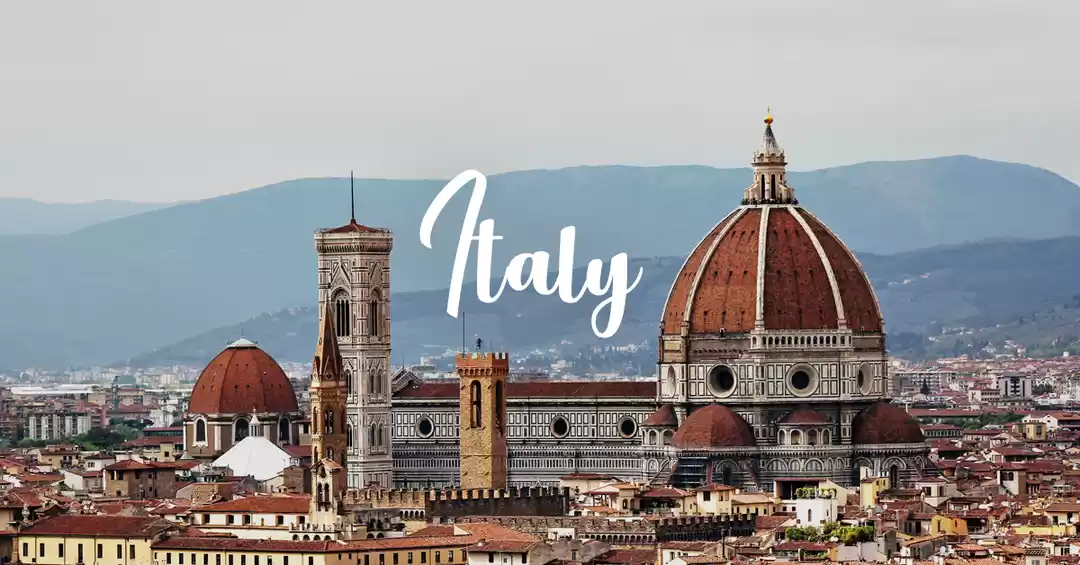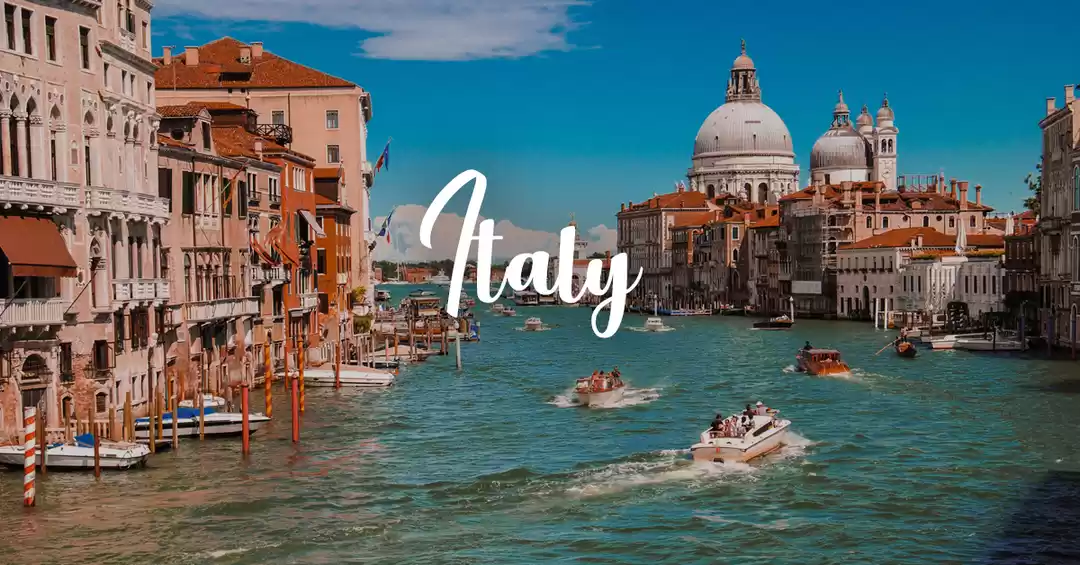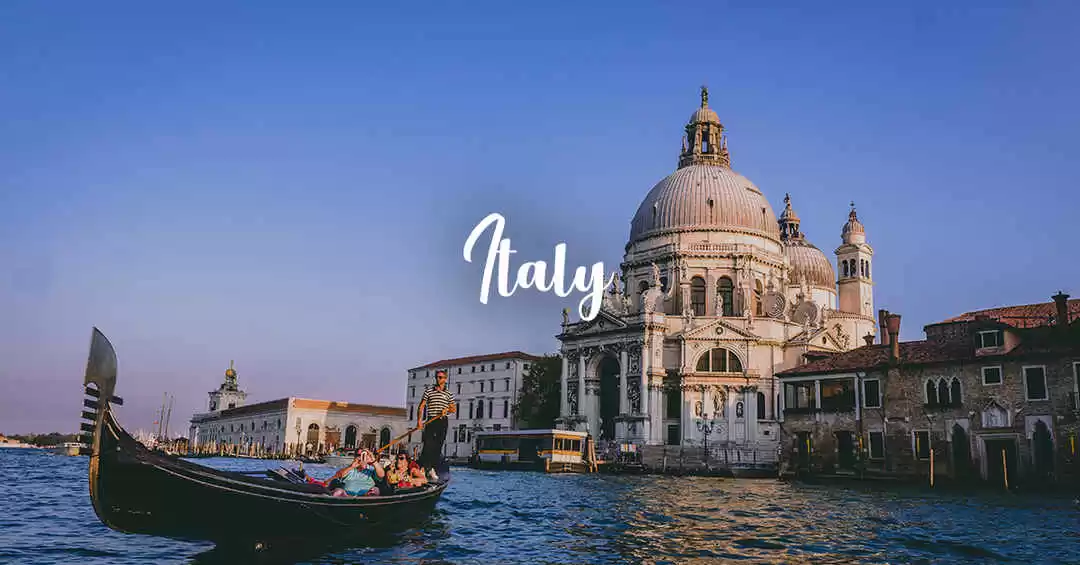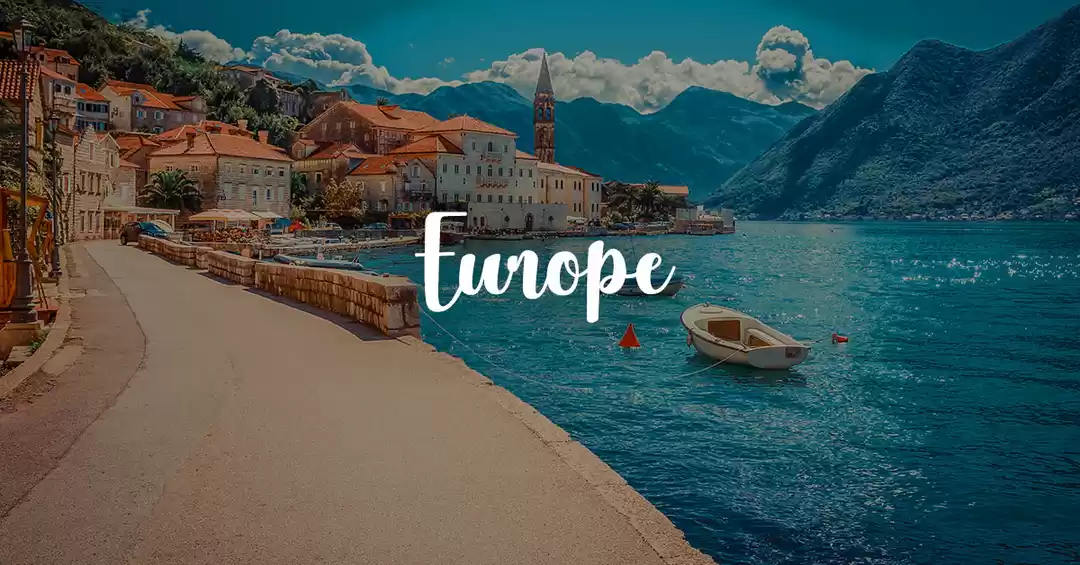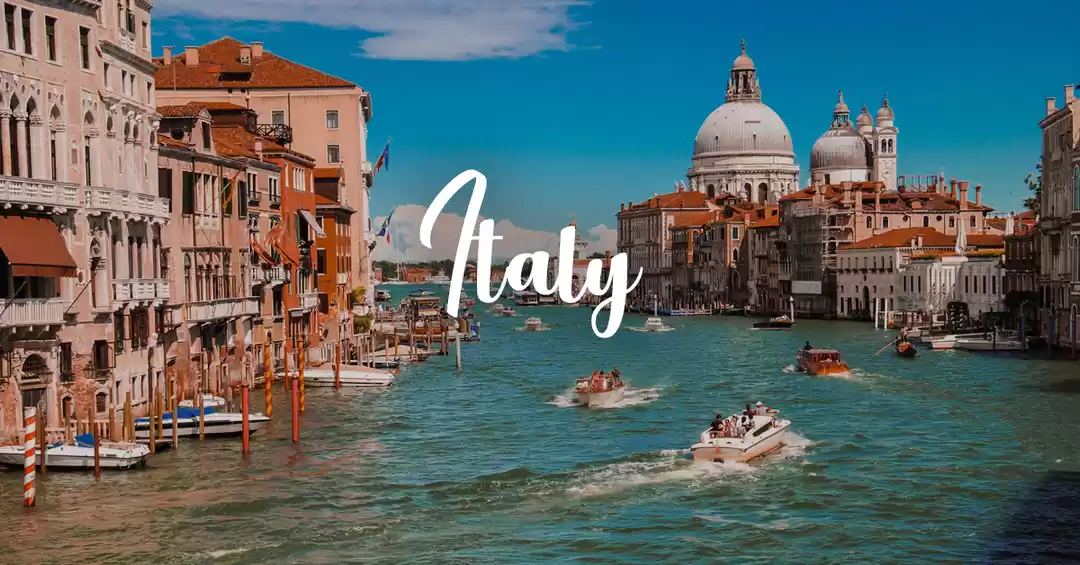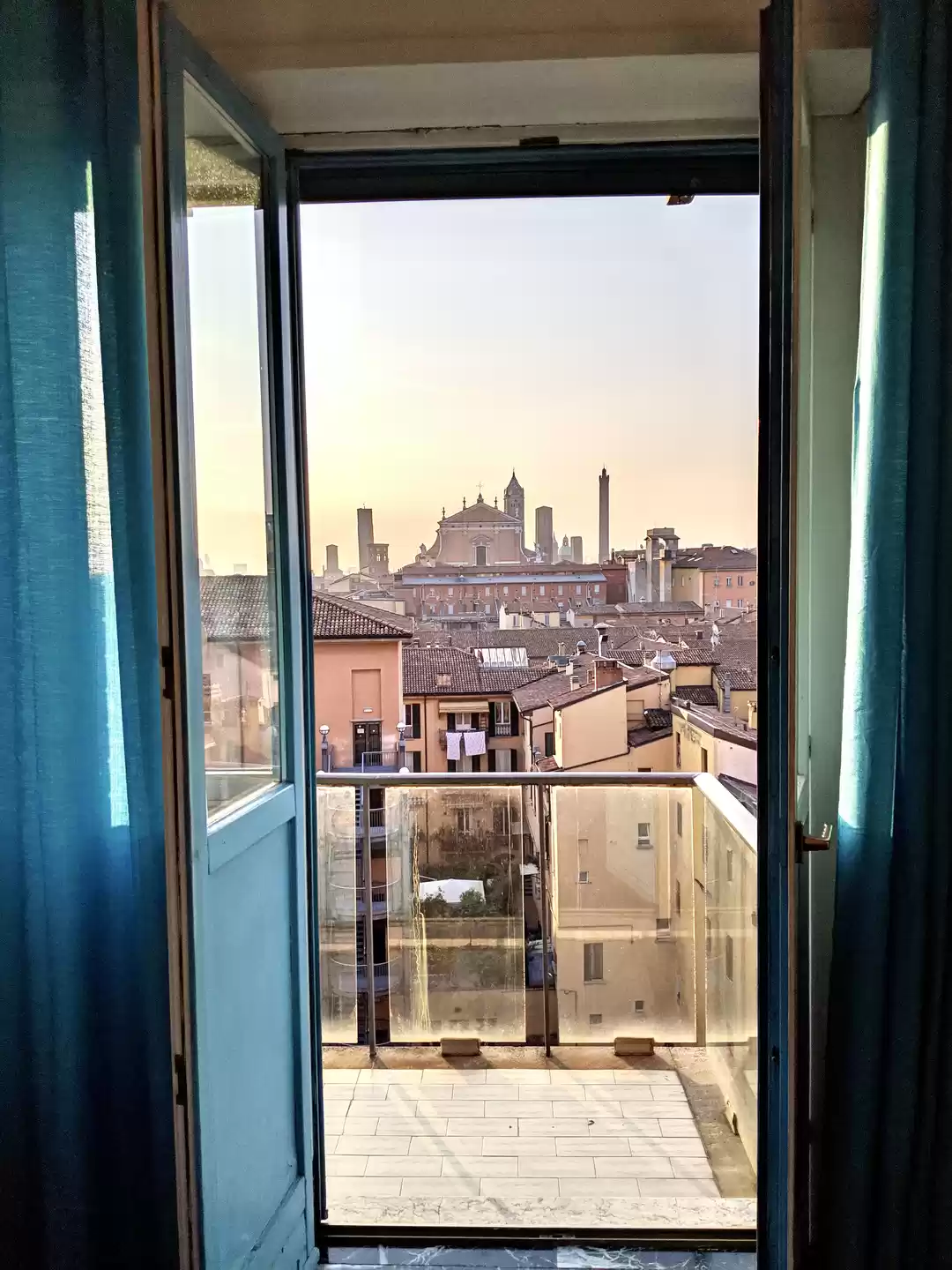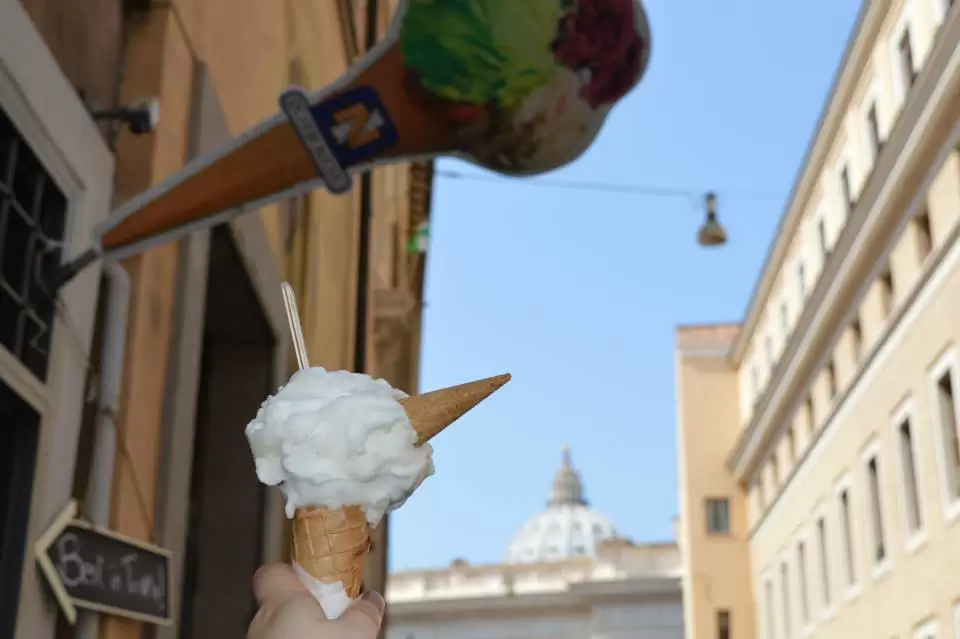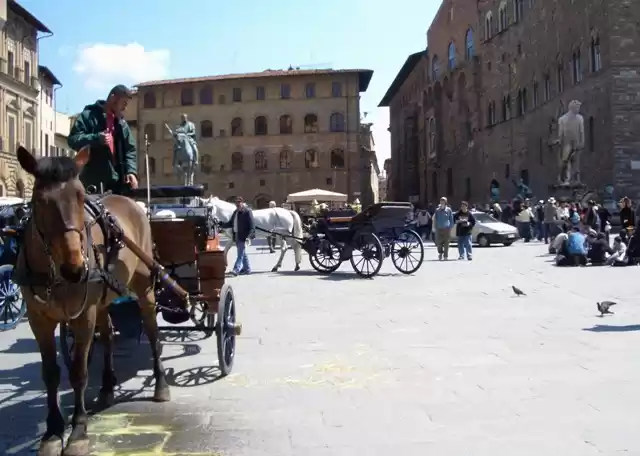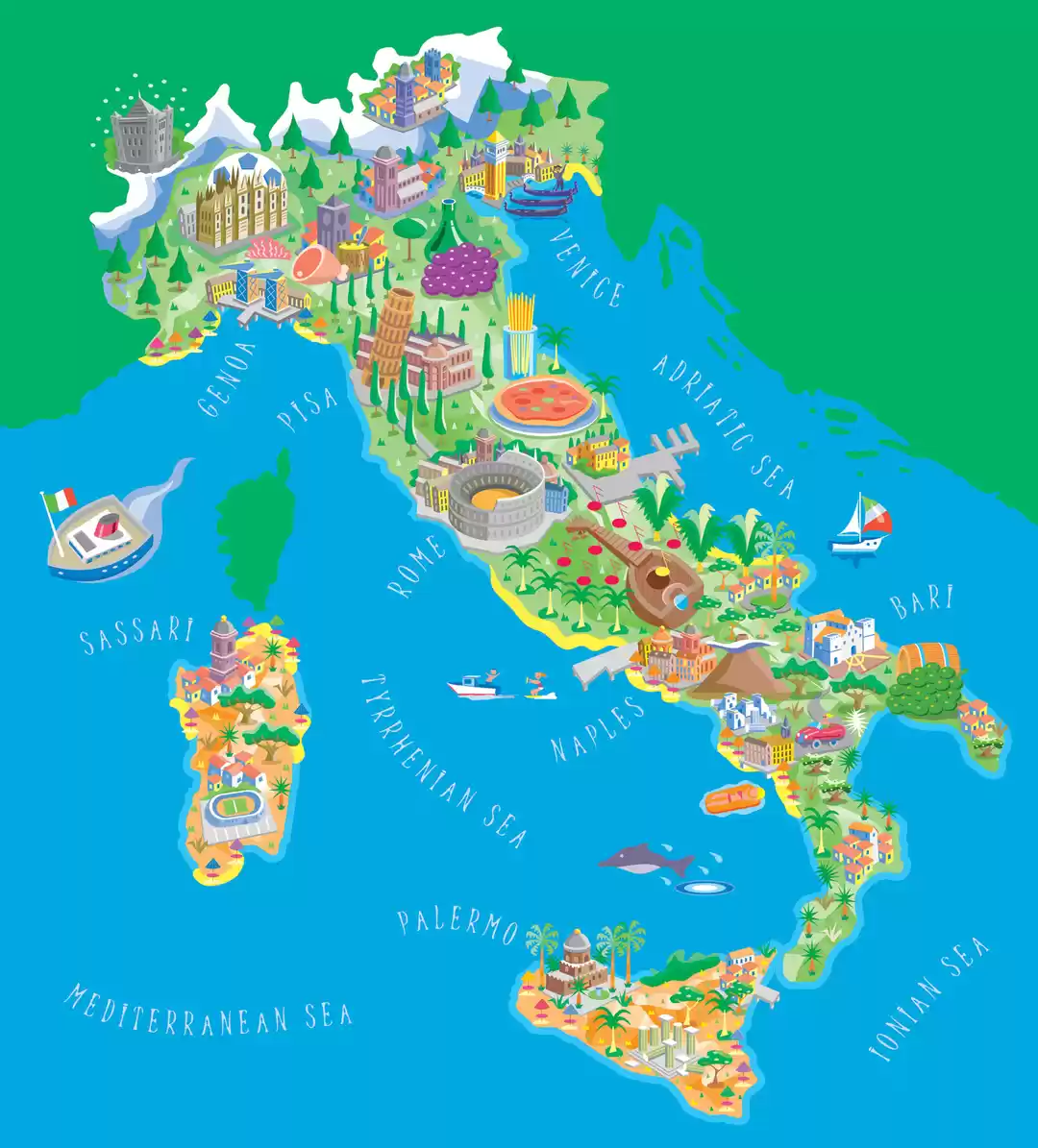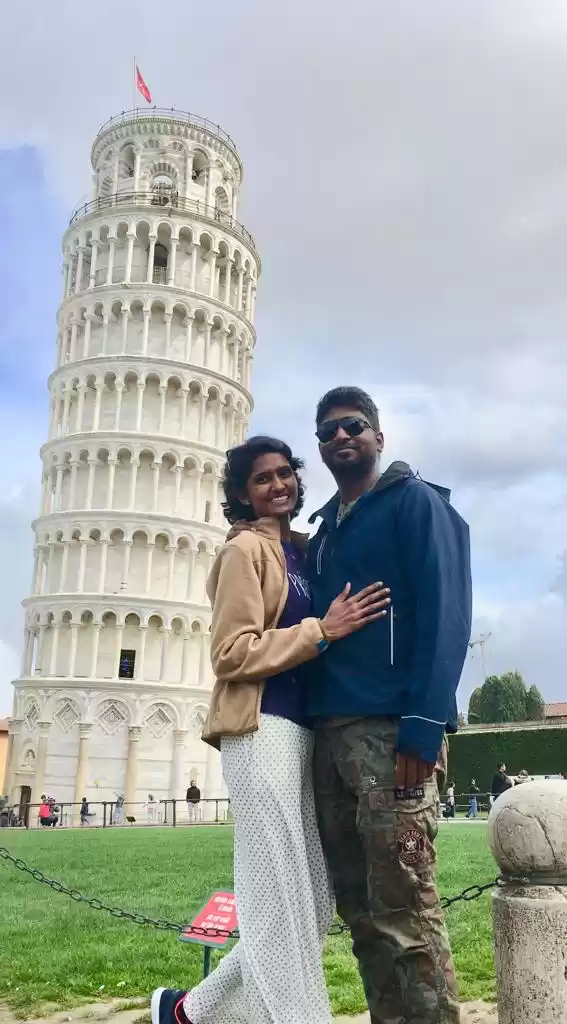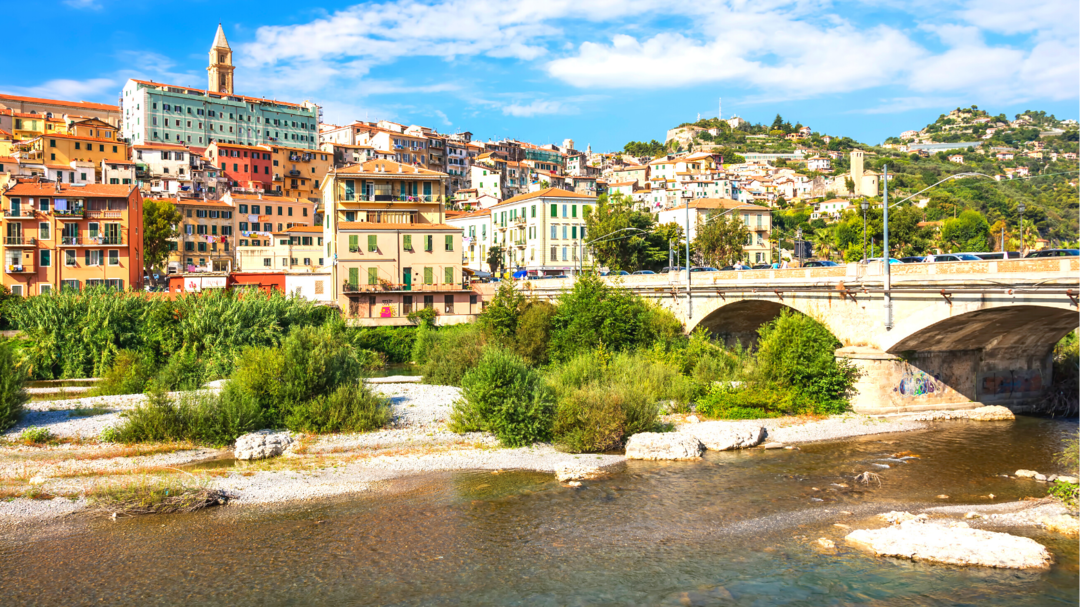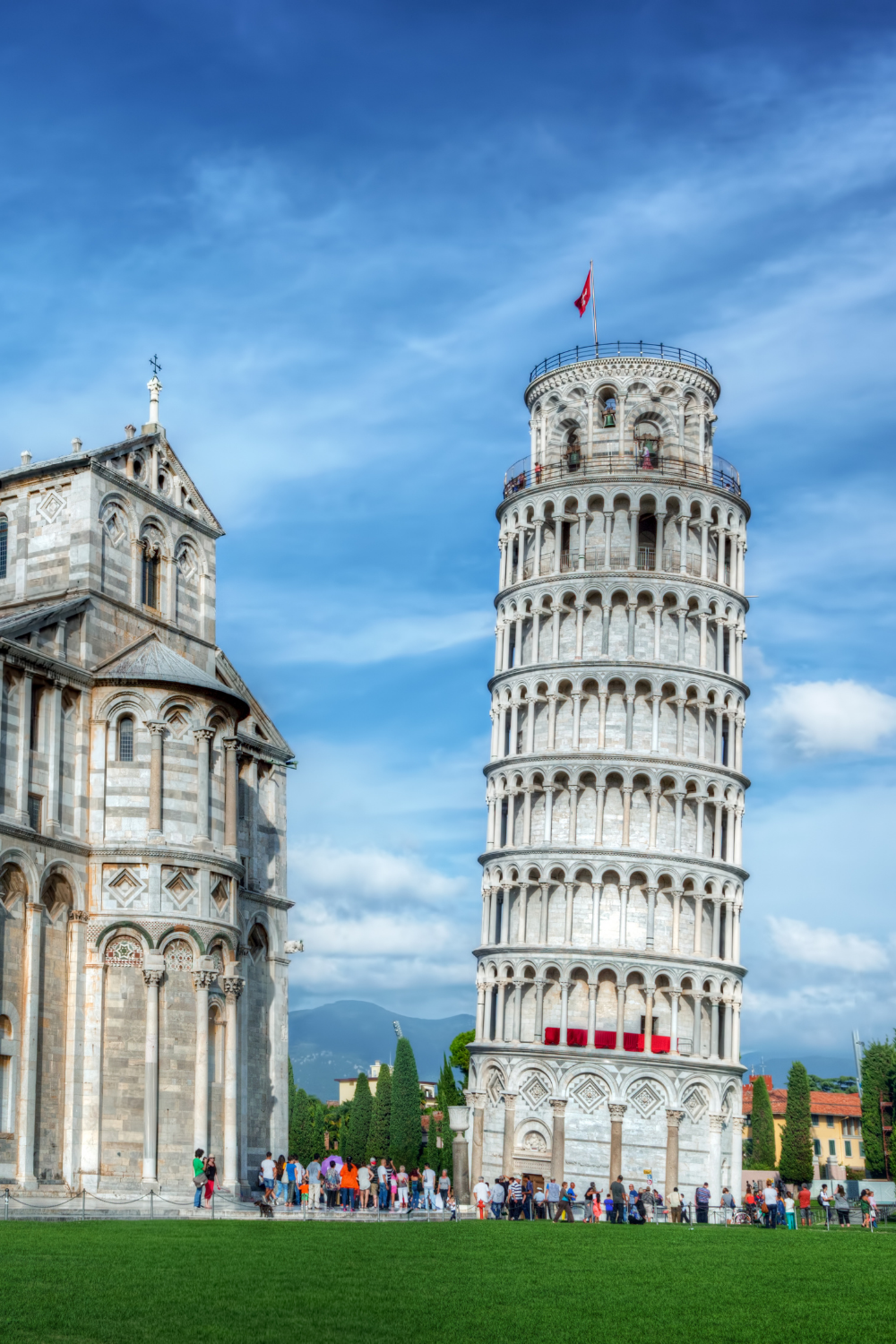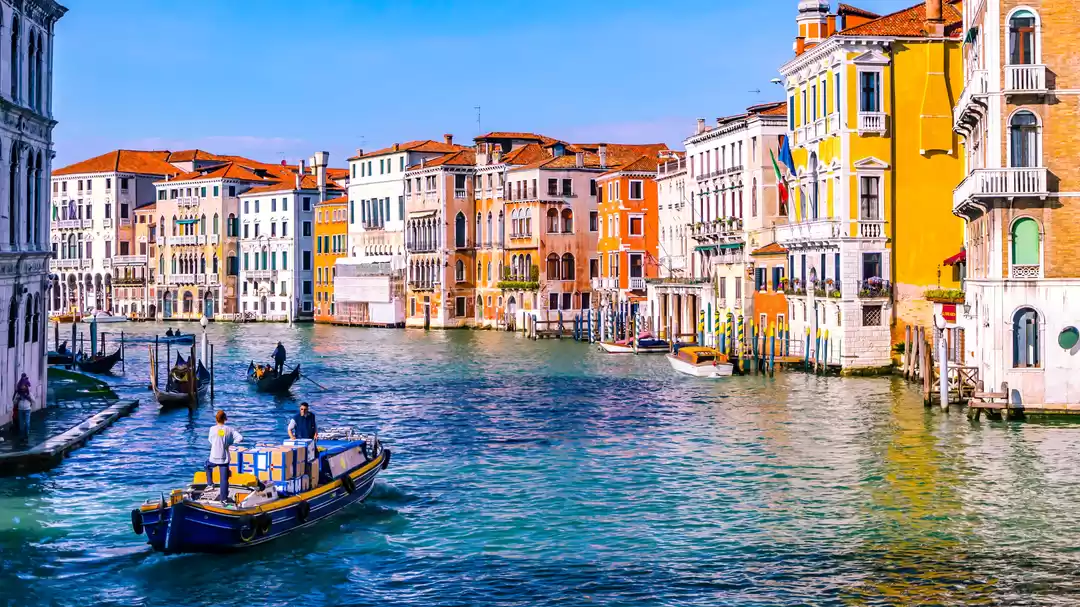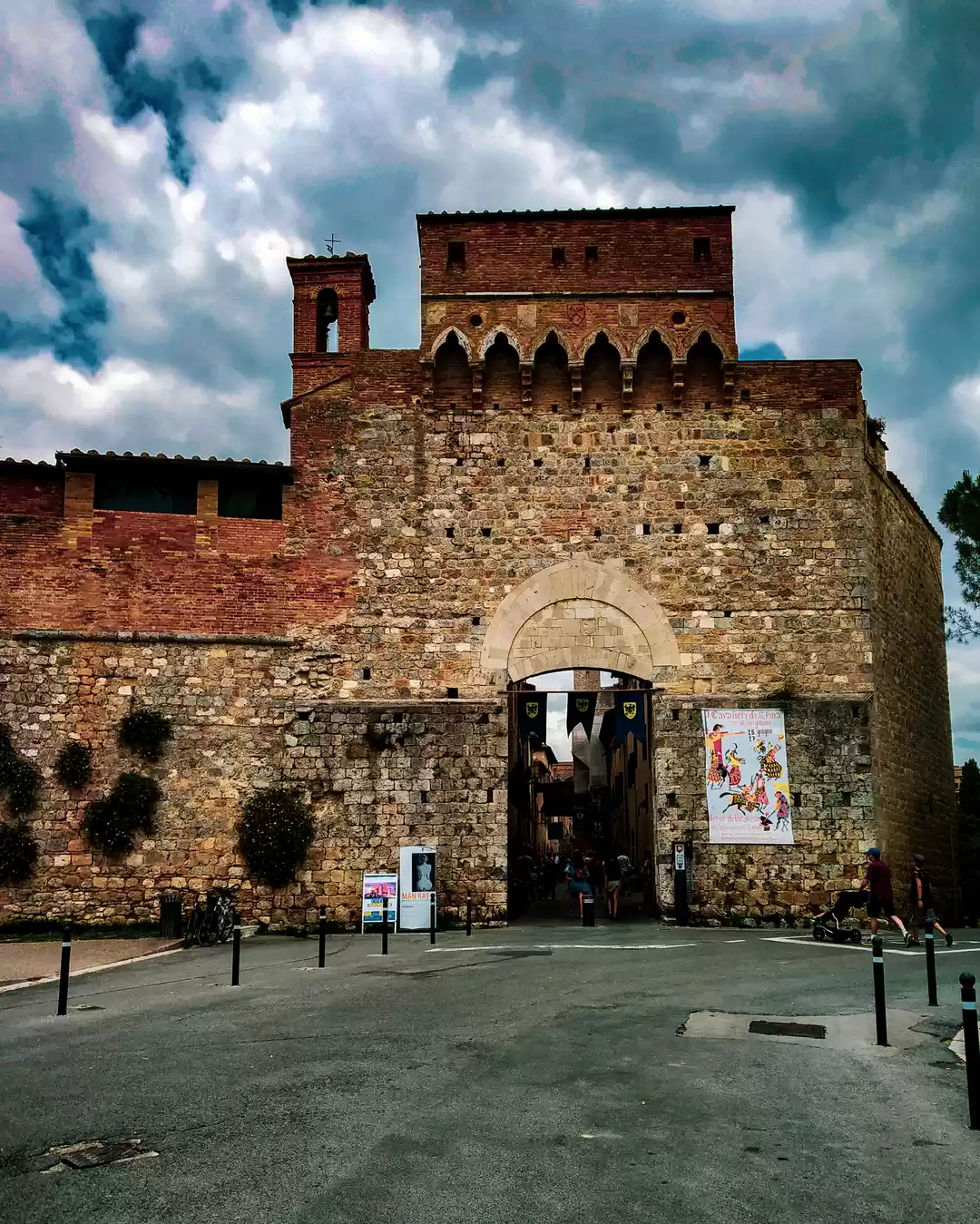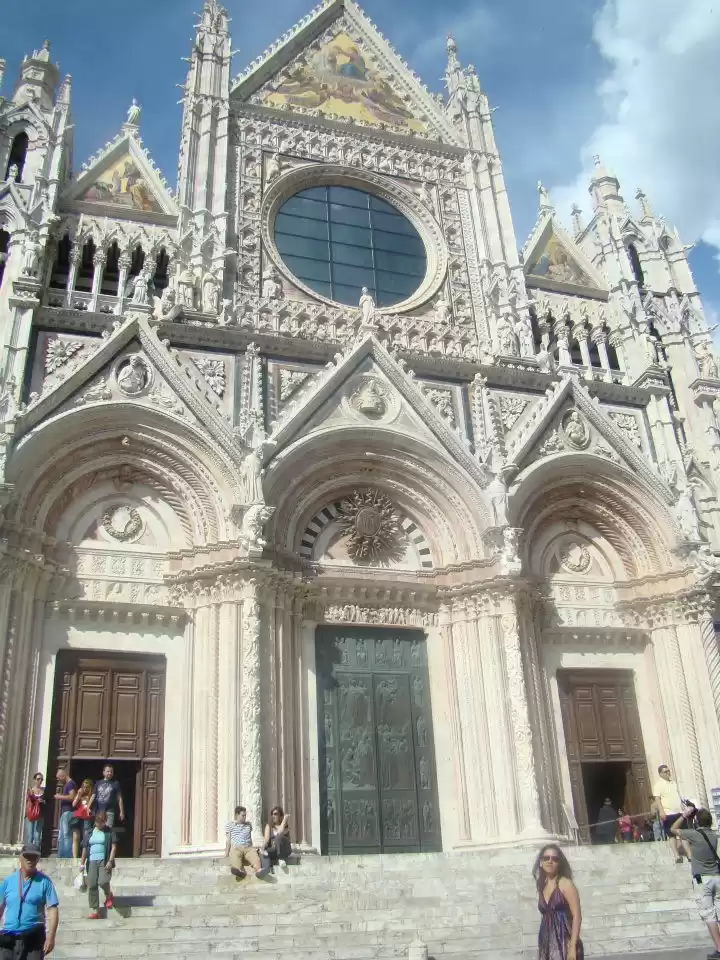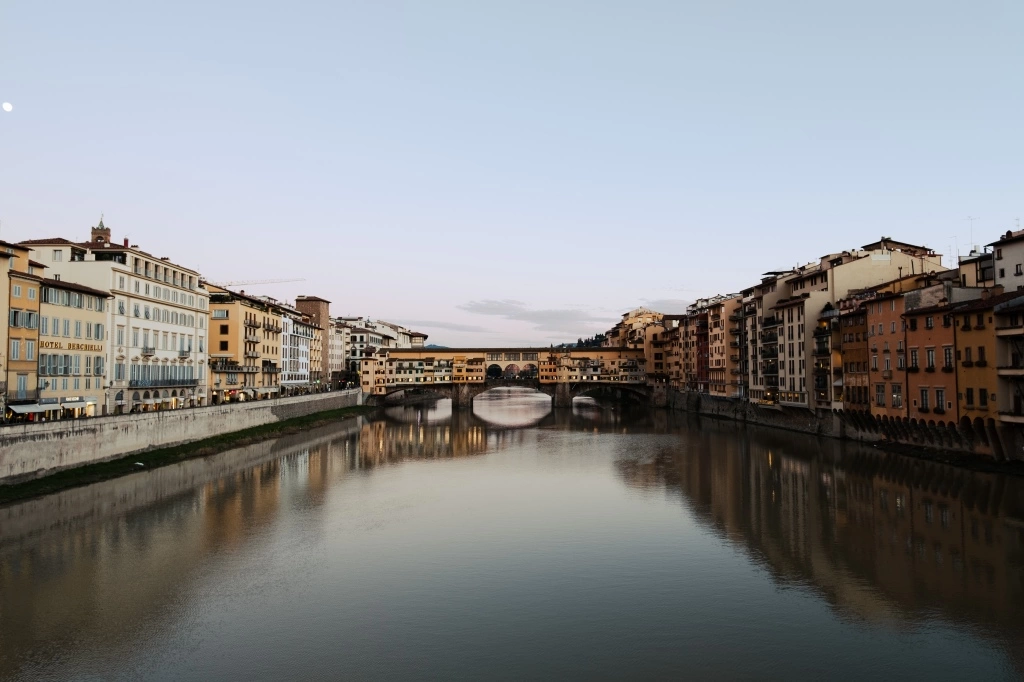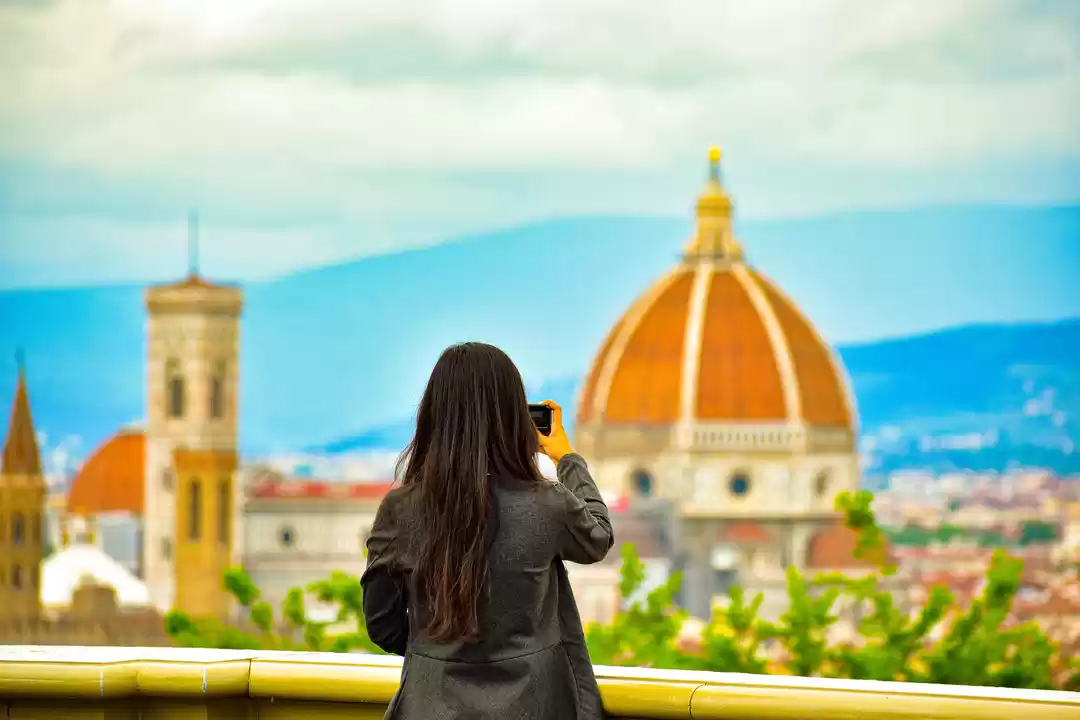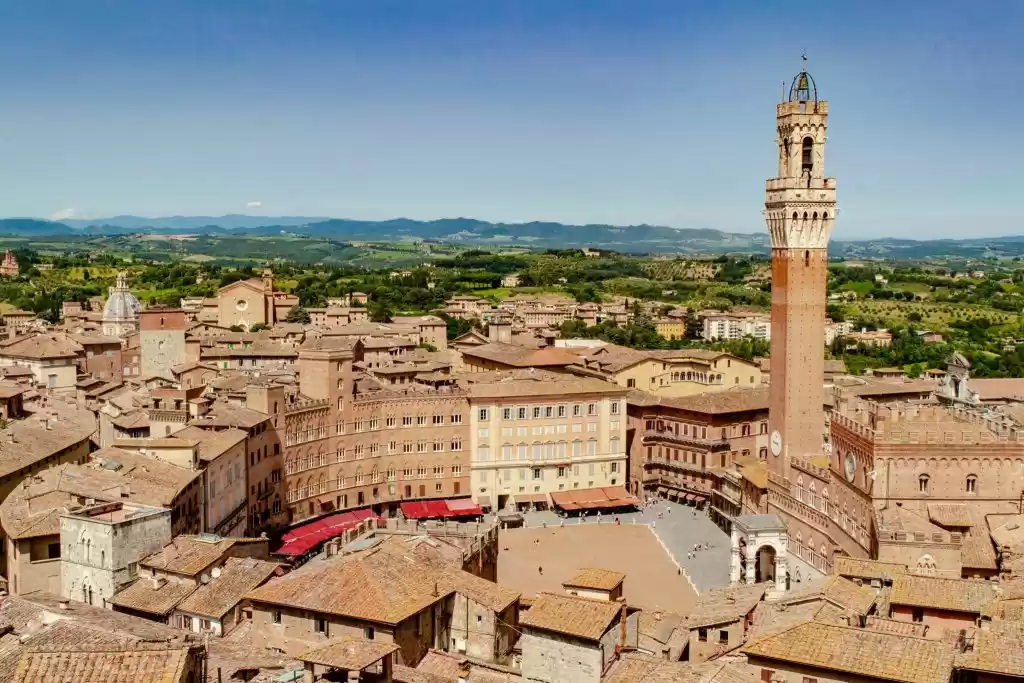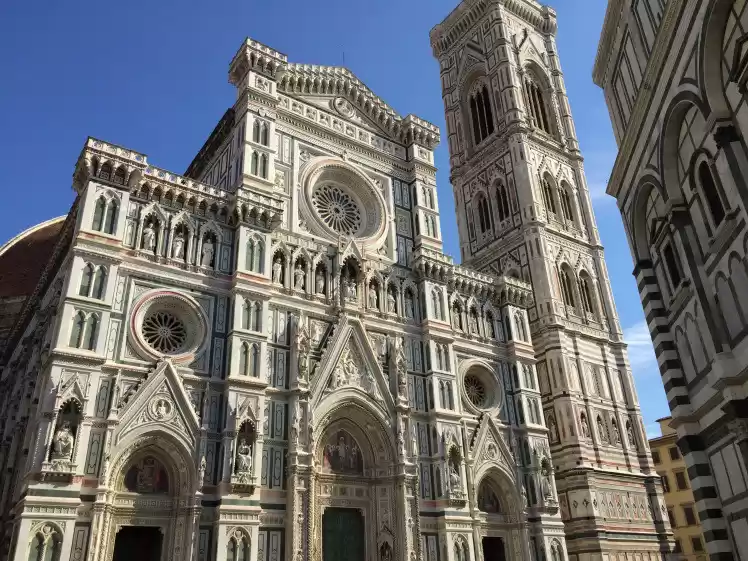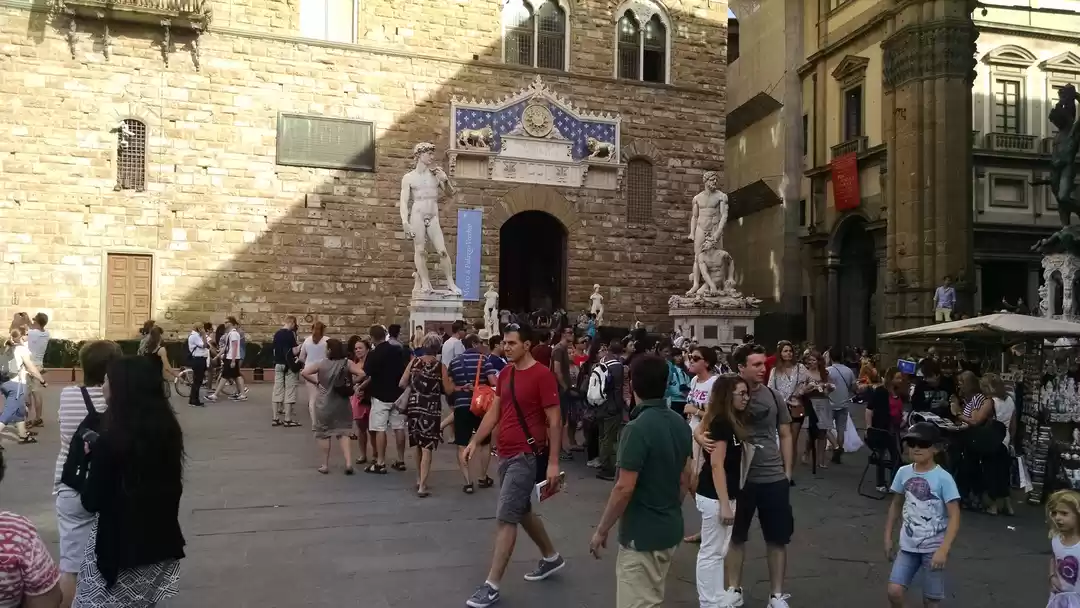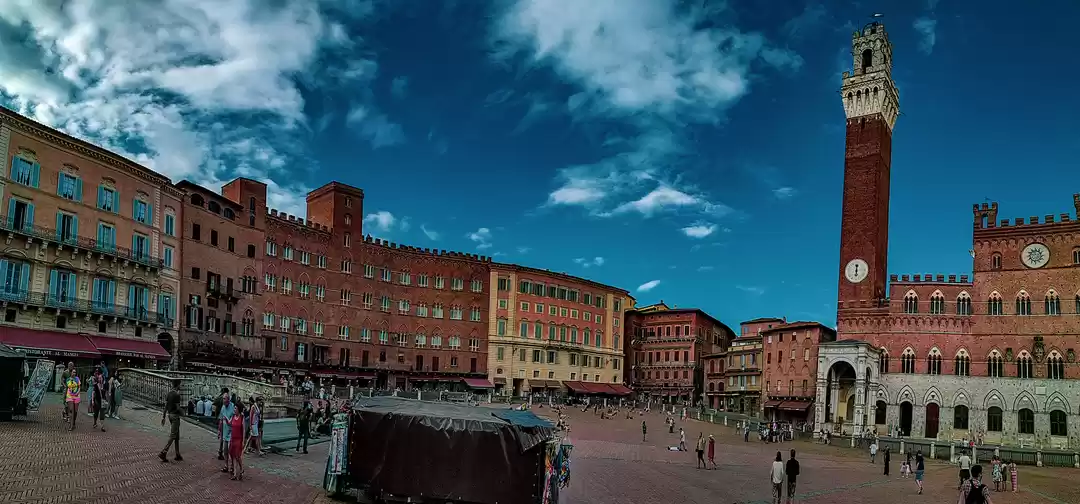





Tuscany represents a journey of leisure, pleasure, cuisine and of course, discovery: Marvellous scenery in a landscape full of colorful rolling hills, massive mountains and numerous rivers – every valley is a waterway and rich in history, encompassing the ancient as well as modern, urban, and artistic. When travelling, you’ll find perfectly preserved hill towns, fabulous art, the most beautiful countryside imaginable, almost tropical coastal areas, great cities (e.g. Florence, Siena, Pisa, and Lucca), top quality restaurants and food stores, possibly the best cafes in the world as well as friendly and beautiful people.
Now I can tell by personal experience, since we had a big family trip there; my wife (DianeCA) and I, our children + SO and even my grandchild met up with Diane’s brothers and wife from the USA. 14 people in all gathering in Pisa at the Park Hotel California, and having the time of our lives enjoying each other’s company, getting better acquainted and exploring this wonderful part of Italy. From Base Camp Pisa, which was a great adventure in itself, we travelled around to explore and tried to cover at least some of the sights we had read about and picked out in advance. I’ll gladly take you along and have decided to make a more detailed post of each of the highlights – for you to enjoy and for a recommendation to those who plan to visit Tuscany.
Tuscany’s culture spans centuries of ideologies and rural and city life in a rich tapestry of art and history, as beautiful as it is fascinating. In addition to the fame of Florence, Lucca, Pisa and Siena, Fiesole, Arezzo, Carrara, Volterra and San Gimignano, and countless other corners of the region hold delightful gems to which one can only wish to return.
A challenge however, was that we had only one day to spend in Florence and how do you get it all in? The answer is “A taste of Florence“: a five hours tour that created a lifetime of memories, complete with hands on cooking, tasting, sipping, and sightseeing! With our host Cristina Cappulletti, we really learned that Tuscany and Florence drinks and food is by all means historical. Cristina, a local, experienced and knowledgeable guide enthusiastically gave life to all the stories there was to tell about how Tuscan cuisine reflects the age of the region and city’s traditions. It’s almost impossible express all we experienced and learned in one trip.
We wanted to explore the food delights of Tuscany and Cristina from A Taste of Florence literary gave us it all! We had the cheeses, olive oils, and salamis right where they are made! She gave a wonderful lecture and taste of the origins of Tuscan and Italian wines and we really enjoyed a hands-on cooking class, and lunch with wine tasting in the best of wine cellars. I have never been as sure in my recommendation: Next time you visit Florence – whether the first time or a return visit – don’t miss this adventurous guided tour.
Siena is a classic walled city and one of Italy’s prettiest medieval hill towns located in the heart of Tuscany with ca. 55 thousand inhabitants. It’s also the best preserved medieval city in Italy and I’ve read that the people of Siena speak the purest Italian in Italy – actually Italian language students often go there to learn the correct pronunciation. Its peak was about 1260-1348 when it was one of Europe’s wealthiest cities and many of its buildings and art works originate from that time. The center of Siena is accessible only on foot. Cars (other than taxis, police, etc.) are strictly prohibited, but motorcycles and scooters are OK – and there were plenty of them : -). Of course it’s like a fairytale to walk in this best preserved medieval city and maybe it is the warm colour of its buildings that also made it very special. After all, it is clay from surrounding district – terra di Siena – that gives us the colour in our crayon boxes; “Burnt Sienna”

A magnificent black and white Italian Romanesque cathedral including the Libreria Piccolomini, Baptistery, and an attached Museo dell’Opera del Duomo. The construction of the cathedral began in the 12th century, but it was not finished until the 14th. Its bands of dark and light marble make it an unusually beautiful cathedral, and its western façade is richly decorated with statues. Inside, the floor of the cathedral is covered with 56 marble panels with figures from mythology and the Old Testament.

Nestled in the valley of the Arno River, Florence “The Cradle of Renaissance” is squeezed between the hills that made it famous. Its center is full of works of art and buildings of great historical and architectural value, covering a period of time ranging from the early Middle Ages to the late twentieth century and the surrounding area is no different. The beauty of the landscape is characterized by villas, churches, monasteries and picturesque small towns and of course the food! There’s something about the fact that you can picture many of their dishes being cooked in medieval-style terracotta pots; indeed, many still are.Part of the Tuscany region, it’s cuisine is appreciated around the world for its fine natural and flavorful ingredients; a typical expression of the Mediterranean diet, considered among others, the most wholesome and tasty, olive oil, pasta, fish and first choice meats. With these few basic ingredients the Tuscan local chefs can create exceptional dishes. Among the most important produce is white truffles, a much appreciated variety. Other ingredients such as wild asparagus and herbs also contribute to the rediscovery of simple flavorful dishes (pappa al pancotto, ribollita, hearty vegetable soups), where olive oil is the star ingredient, strictly bought from the local olive press.

A journey in fresh Tuscan servings: Balsamics: Condiments & Traditional Certified – Tuscany Olive Oil – Crostini Toppings – Cheeses: Pecorino & Parm Reggiano – Salumi: Prosciutto & Finocchiona.

Born as an Etruscan port on the banks of the Arno River around the middle of the 6th century B.C., Pisa is much more than the famous Leaning Tower. Known as Pisae, a Roman colony, the settlement displayed some Ligurian and Etruscan influence. After the end of the Roman Empire, this was a port town of great importance for the Goths’, the Longobards and the Carolingians too. In the 11th century, a further development transformed Pisa into one of the most powerful Italian Maritime Republics, together with Genoa, Venice and Amalfi. In this period the buildings that made Pisa famous were begun: the Duomo, the cathedral’s bell tower and the well-known Leaning Tower.Because of their peripatetic nature, Pisans brought long-forgotten ideas of science, architecture and philosophy back to Europe from their trade travels. Pisa’s great variety of architectural styles in its monuments is testament to their exposure to different people, cultures and artistic concepts and to their willingness to blend and harmonize external influences into new and original forms of expression. It was here that the refined Pisan-Romanesque style was born – Pisa’s permanent legacy to the world’s art, and where Galileo, one of the world’s greatest physicists and astronomers, and Leonardo Fibonacci, the great mathematician, were born, studied and taught. It can also add its renowned University established in 1343 to its hall of fame, as it remains today one of Italy’s top schools.

This square is very popular. It is in the exact centre of the city, and in fact the bridge opposite the square is called Ponte di Mezzo, the “middle bridge”. The statue in the square is of Garibaldi. The square is always very crowded and it is one of the gathering points in Pisa. From April to July the square is packed with students going to the bars that open onto the square and sitting on the Lungarno walls. Moreover, in this square you can find the best ice-cream shop, La Bottega del Gelato: don’t miss it!

The Piazza dei Miracoli was proclaimed a World Heritage Site by UNESCO 25 years ago. The square is not located in the center of the city as you might imagine but to the north-west of the fortified wall, almost out of the town; there probably wasn’t enough space to use at the time the project got underway so this is the site decided upon. Since the times of the Etruscans, the three structures found in the piazza have been considered central to religious life, symbolizing the main stages of a human’s life: the Baptistery represents birth, the Cathedral of Santa Maria Maggiore life and the graveyard of course alludes to death. The square is surrounded by a beautiful green lawn where tourists and university students can lie down and relax in this amazing setting.

What about the Tower of Pisa? Well, we haven’t forgotten it but the famous and so called Leaning Tower of Pisa is actually considered a part of the cathedral since it is really its bell tower. The construction of this imposing mass was started in the year 1174 by Bonanno Pisano. When the tower had reached its third stores, the works ceased because it had started sinking into the ground. The tower remained thus for 90 years and was completed by Giovanni di Simone, Tommano Simone (son of Andreo Pisano), crowned the tower with the belfry in the mid-14th century. The top of the Leaning Tower can be reached by mounting the 294 steps which rise in the form of a spiral on the inner side of the tower walls.The Tower is the monument that, among the others of the “Piazza dei Miracoli”, stirs the imagination of everybody. Typically tourists take some kind of photo of them holding up the tower for fun! And our extended family is no exception as you can see – after all it is quite heavy!

Cinque Terre (means five lands) consists of 5 tiny villages connected by footpaths and linked by boat, rail, and trail. At the Northwest coast of Italy, they date as far back as the 13th century and sit on the hillsides of that plunge into the Mediterranean Sea. Colorful houses seem to hang on the cliffs. Local churches sound their daily chimes. And the land is terrace farmed for food. Surrounding these five villages is an infinite mosaic of vineyards, olive and lemon groves, and fruited trees. These agricultural plots seem to hang onto the sheer cliffs above the sea. And from these marvelous fields, we receive tangy local wines such as Sciacchetra, purely extracted olive oils, and delightful herbed pesto.These five communities discourage auto traffic to preserve the tradition and ecological impact of the area – so they are best reached by train. It has now become a World Heritage Site and a UNESCO National Park. In fact, certain parts of the nearby sea are part of the National Park system as well. And it is the preservation of this area that makes for some clear water scuba diving and snorkeling. Over centuries, people have carefully built terraces on the rugged, steep landscape right up to the cliffs that overlook the sea. Part of its charm is the lack of visible corporate development. The villages are not influenced by modern development, and that simple, original look, combined with pretty colorful houses, arranged one upon another like stairs gives this piece of Ligurian coast a unique charm




